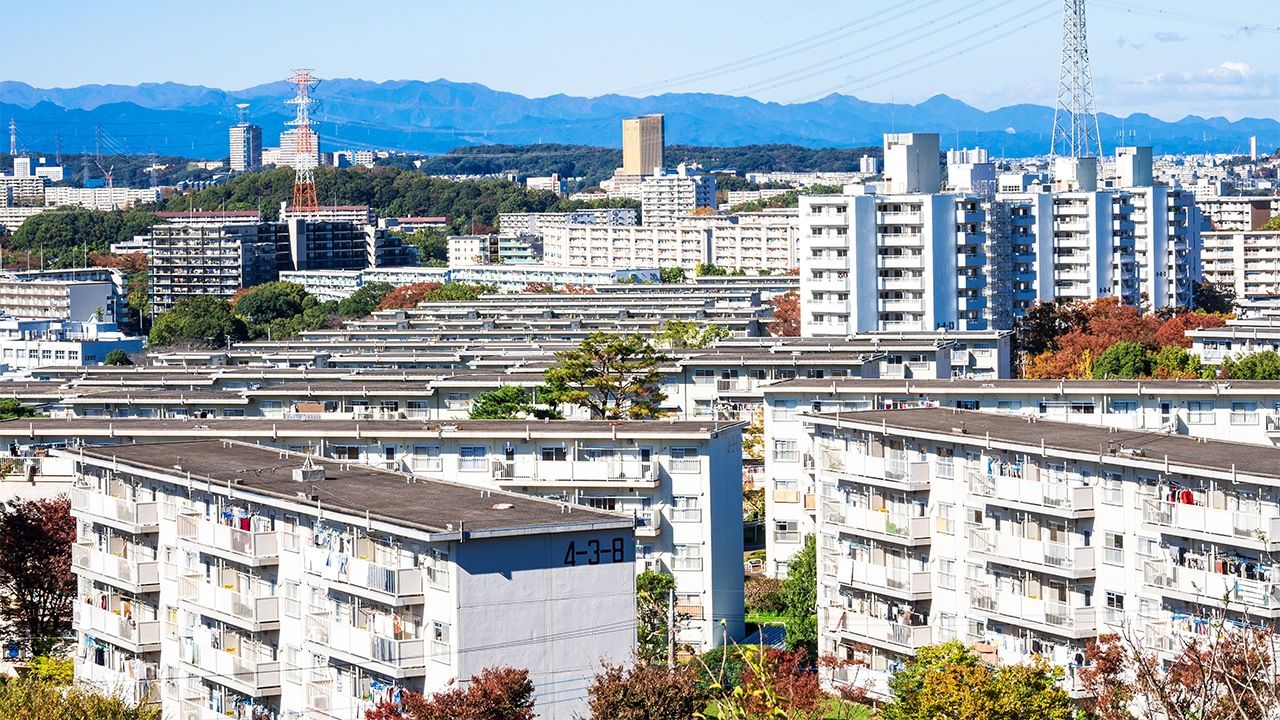
Population of Japanese Citizens Falls in Every Prefecture in 2022
Politics Society Family Economy- English
- 日本語
- 简体字
- 繁體字
- Français
- Español
- العربية
- Русский
Japan‘s population stood at 125,416,877 as of January 1, 2023, according to a demographic survey published by the Ministry of Internal Affairs and Communications, based on resident registration data. This was a 0.41% year-on-year decrease.
The number of Japanese citizens was 122,423,038, a decrease of 800,523 or 0.65% compared to the previous year. This is far greater than the year-on-year decrease of 619,000 in 2021, reflecting an accelerated population decline. Since 2009, the number of Japanese citizens has fallen for 14 consecutive years. In addition, population fell year on year in every prefecture for the first time in the history of the survey, which was first conducted in 1972. The number of Japanese born in 2022 totaled 771,801, marking a record low for the seventh consecutive year. The natural population decline, calculated by subtracting births from deaths, increased to 793,324.
Meanwhile, the number of non-Japanese residents was 2,993,839, a year-on-year increase of 289,498 or 10.70%, as a result of factors that included the relaxation of the entry restrictions that had been in place during the COVID-19 pandemic. The number of non-Japanese rose in every prefecture of Japan, marking the highest total since statistics were first compiled in 2013.
The prefecture with the highest population in Japan was Tokyo with 13,841,665 residents, followed by Kanagawa at 9,212,003, and Osaka at 8,784,421. The least populated prefecture was Tottori, with just 546,558 residents or one twenty-fifth the number of Tokyo.
The total population of the three major metropolitan areas centered on Tokyo, Osaka, and Nagoya, including foreigners, was 66,083,144, declining for the third consecutive year, but still representing 52.7% of the total population. The concentration of foreign residents in metropolitan areas is even more pronounced, with 52.6% of the total population living in the prefectures of Tokyo, Aichi, Osaka, Kanagawa, and Saitama.
Tokyo was the only prefecture whose population rose in 2022 thanks to the increase of 63,231 non-Japanese residents that outweighed the decrease of 16,499 Japanese citizens.
Prefectures with the Highest and Lowest Populations (All Residents)
| Tokyo | 13,841,665 | Tottori | 546,558 |
| Kanagawa | 9,212,003 | Shimane | 658,809 |
| Osaka | 8,784,421 | Kōchi | 684,964 |
| Aichi | 7,512,703 | Tokushima | 718,879 |
| Saitama | 7,381,035 | Fukui | 759,777 |
| Chiba | 6,310,075 | Saga | 806,877 |
| Hyōgo | 5,459,867 | Yamanashi | 812,615 |
| Hokkaidō | 5,139,913 | Wakayama | 924,469 |
| Fukuoka | 5,104,921 | Akita | 941,021 |
| Shizuoka | 3,633,773 | Kagawa | 956,787 |
Created by Nippon.com based on data from the Ministry of Internal Affairs and Communications.
Prefectures with the Highest and Lowest Populations (Non-Japanese)
| Tokyo | 581,112 | Akita | 4,512 |
| Aichi | 278,116 | Tottori | 4,971 |
| Osaka | 267,918 | Kōchi | 5,195 |
| Kanagawa | 239,301 | Aomori | 6,575 |
| Saitama | 208,334 | Tokushima | 6,894 |
| Chiba | 178,370 | Saga | 7,785 |
| Hyōgo | 120,965 | Wakayama | 7,872 |
| Shizuoka | 103,026 | Yamagata | 7,952 |
| Fukuoka | 88,051 | Miyazaki | 8,159 |
| Ibaraki | 79,570 | Iwate | 8,231 |
Created by Nippon.com based on data from the Ministry of Internal Affairs and Communications.
(Translated from Japanese. Banner photo © Pixta.)


